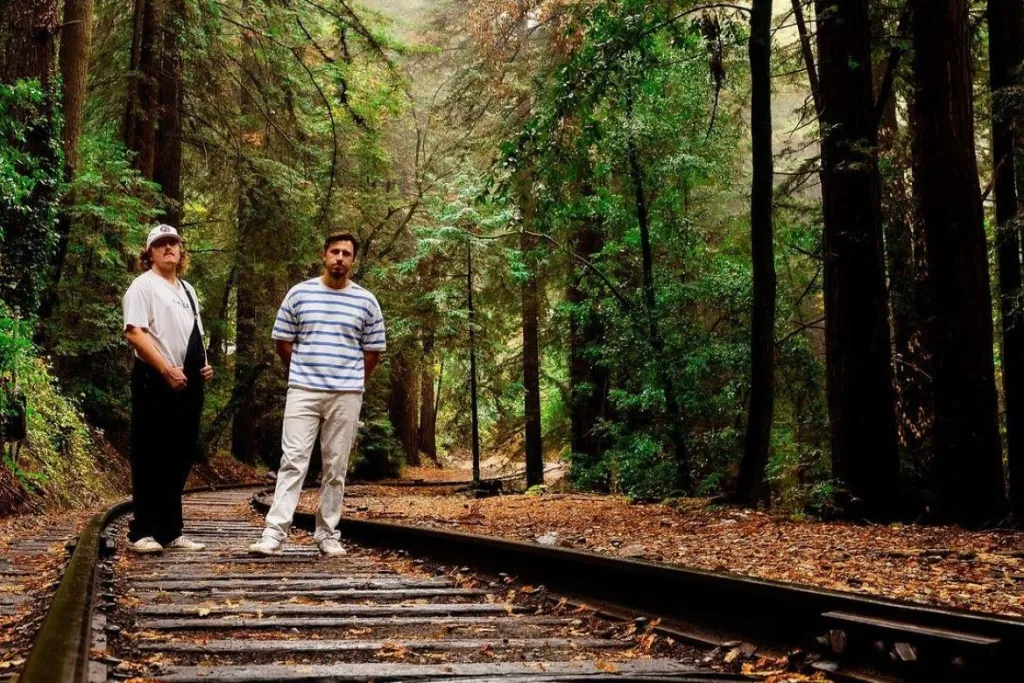While Cowboy Bebop is most associated with free-form jazz, neo-noir cinema and science fiction, its inspirations include a wide variety of aesthetics from a myriad of art forms. These notably include musical styles such as blues and heavy metal, as well as cinematic styles such as spaghetti westerns, French New Wave and even cyberpunk, but the series' wide and textured mosaic of inspirations is one of the principal sources of its staying power.
However, beyond ornamental concerns, Cowboy Bebop's storytelling also takes cues from other genres and forms; similar to visual aesthetics, these diverse narrative tropes and forms clash and harmonize in peculiar ways, forming the eclectic and idiosyncratic picture that is Bebop. One such form that plays an outsized role in Bebop is post-apocalyptic fiction -- a catch-all term for stories such as Mad Max, Fallout and The Last of Us -- that feature a cataclysm event that shapes the story's action. In Cowboy Bebop, this apocalyptic event is the Astral Gate Accident, and its lingering effects shape not only the series' many stories but also its aesthetics and overall mood.
Cataclysm, Collapse, and Betrayal
In Cowboy Bebop, the Astral Gate Accident (also called the "Gate Disaster") takes place in 2022 following the completion of the first Astral Gate -- a revolutionary form of faster-than-light technology that promised interplanetary travel. Due to unknown causes, the main Astral Gate orbiting the Earth's moon explodes, destroying the Moon. In the ensuing global cataclysm, 4.7 billion people -- the majority of the living population -- perished. Even in 2071, the entire human population numbers only 1.5 billion, and the Earth remains largely uninhabitable due to perpetual "rock showers."
Beginning nearly a half-century from the Gate Disaster, the event itself is left to relevant plot points from a handful of episodes. Despite this, virtually all the story's settings, events and characters display its lingering effects. The rise of Mars and the interplanetary crime syndicates, the authoritarian ISSP (Inter-Solar System Police) and even the spread of bounty hunting all indicate a civilization only just emerging from a long period of chaos, deprivation and lawlessness. While the Gate Corporation has restored hyperspace travel throughout the Solar System, the implied isolation between communities has given rise to not only diverse cultures but also alienation and even war.
Cool Amid the Ruins
The uneven blend of high and low technology is another staple of the post-apocalyptic genre that Bebop integrates into its setting. Its effects suggest a high-tech vision of the early 21st century, catastrophically interrupted by the Gate Disaster. Faye Valentine's memories feature commercial space flight near the turn of the century; the images of Hex's and Wen's recollections indicate commonplace interplanetary travel. In the face of this former technological optimism, the Gate Disaster is a lingering specter of hubris -- and more importantly in the series' central themes, betrayal.
For each of the characters from the pre-Disaster period -- Wen, Faye and Hex -- the cataclysm's effects are reflected in a split between the naivete of their past and the desolation of their present selves, which are mirrored by the surrounding universe's general mistrust and wearied malaise. The troubling genesis of this phenomenon comes to light in Episode 14, "Bohemian Rhapsody," which describes how the Gate Corporation's greed and negligence directly caused the Gate Disaster and its nearly 5 billion deaths.
In this light, the Gate Disaster represents the general form of the catastrophic, transformative betrayal that Bebop's characters experience in their respective arcs. It ties together the series' general atmosphere of cynicism and nihilism wrapped in dreamy unconcern -- states personified by Faye, Wen and Hex respectively -- and stages a universe and culture whose dreams of technological and civilizational progress have been utterly ruined.
Even those born after the Disaster -- Jet on Ganymede, Spike on Mars and Ed on Earth in the decades following the Gate Disaster -- still illustrate this collective and fundamental shift in their present lives. They are stuck simultaneously eluding and pursuing the lingering effects of this general collapse, perpetuating its founding betrayal or simply contenting themselves playing amid the ruins.
About The Author

